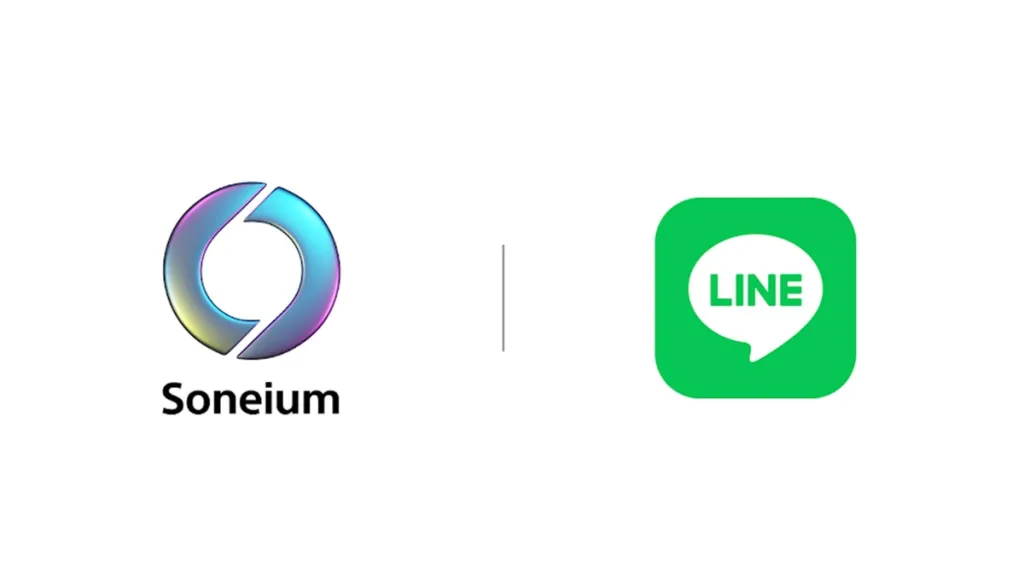The pixel adventure RPG game Portal Fantasy is the brainchild of a team with many years of gaming experience gained at companies like Nintendo, Disney, and Facebook and on titles like Assassin’s Creed and Tropico. The team has a data-driven approach to tokenomics and is led by Kasei, who also founded a cryptocurrency algorithmic trading company.
Portal Fantasy is backed by prominent players of the blockchain and gaming ecosystems, including YGG SEA, Makers Fund, Blizzard Fund, Wave Financial, Ava Labs, Avalaunch, GFR Fund, Infinity Ventures, Mirana, Genesis Block Ventures, C2 Ventures, D1 Ventures, Keychain Capital.
The Gameplay of Portal Fantasy
Portal Fantasy is inhabited by creatures known as Porbles. When players join the game, they can either take on the role of a hero or an architect.
GAME MODES: PVE AND PVP
Every player can claim one hero and one Porble at the beginning of the game. Heroes explore the worlds to discover and capture Porbles. The inhabitants of Portal Fantasy are NFT assets, and they will come in four rarity levels: common, uncommon, rare, and legendary. Heroes strive to build the best teams out of the creatures they capture.
In the Player vs. Environment (PvE) mode, heroes can run into Porbles when they walk through the grass and get attacked by a rogue Porble. They can also encounter multiple Porbles as Baddies. In future releases, it’ll be possible to battle Porbles in Player versus Player (PvP) game mode.

HOW TO LEVEL UP HEROES
Heroes can solve puzzles, defeat opponents in PvP battles, complete quests, and participate in special events to level up in the game. Once a hero increases in level, the player can use stronger Porbles, access territories with more Porbles, and boost additional hero traits.
ARCHITECTS CREATE WORLDS FOR HEROES TO EXPLORE
Players who prefer less active gameplay can choose to be an architect to build worlds using the in-built map editor – the Creator’s Compass – for heroes to explore and discover Porbles. They do this by creating new maps based on the tilesets provided.
Architects level up by gaining experience in building maps and when heroes play on their maps. Higher levels allow them to access a broader range of tiles to construct other gameplay components in which the heroes participate, such as quests and puzzles.
City of Valeria
Players can trade in-game items and cosmetics in this part of the Portal Fantasy. There are hero items, like capture scrolls that are needed to catch Porbles, and architect items, like map tiles, map designs, and Porble parts. The City of Valeria will include multiple shops to allow players to exchange these in-game assets.
Token economy
The in-game currency is called Portal Orb (ORB). There’s an unlimited supply of ORB, and players can spend ORB off-chain within the game to capture Porbles, level up heroes and Porbles, buy game items, and create maps.
Additionally, Portal Fantasy Tokens (PFT), which have a fixed supply of 1 billion tokens, are the game’s premium ERC20 tokens. PFT can be traded on exchanges and have two functions. Holders of PFT can join the exclusive club The Magi’s Circle, which grants additional rewards by locking up their tokens. Furthermore, PFT is also utilized as a payment method to purchase in-game assets, upgrade characters, fuse Porbles, and buy exclusive tiles to build maps.
How to earn rewards in Portal Fantasy?
Players can earn P2E rewards in ORB tokens both as a hero and an architect. It’s possible to earn ORB by capturing and leveling up Porbles and heroes, exploring maps, defeating baddies, completing quests, and special events. Architects can earn rewards when others play and capture Porbles on their maps.
Check out their website and follow Portal Fantasy on Twitter and Discord to stay in the loop.






